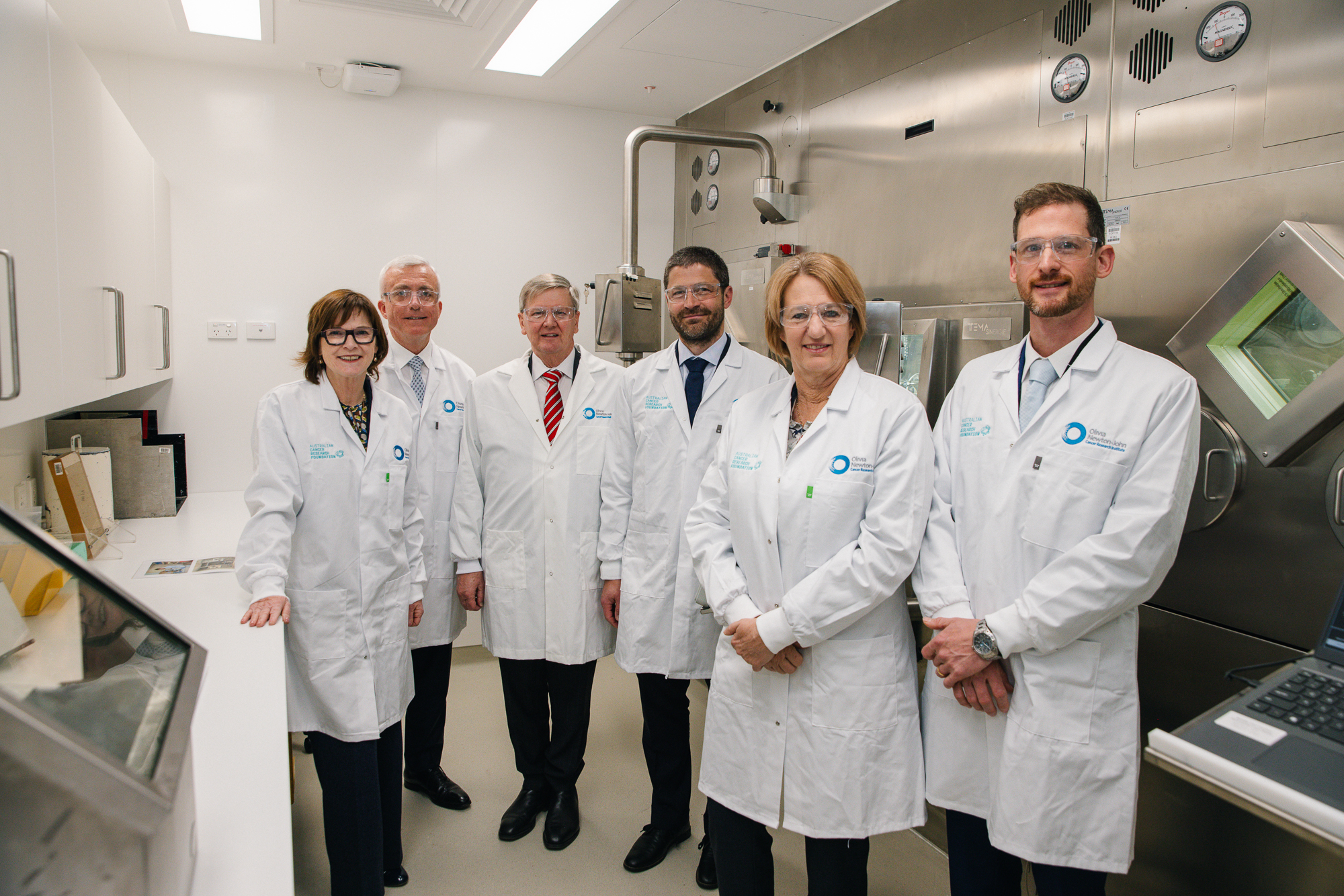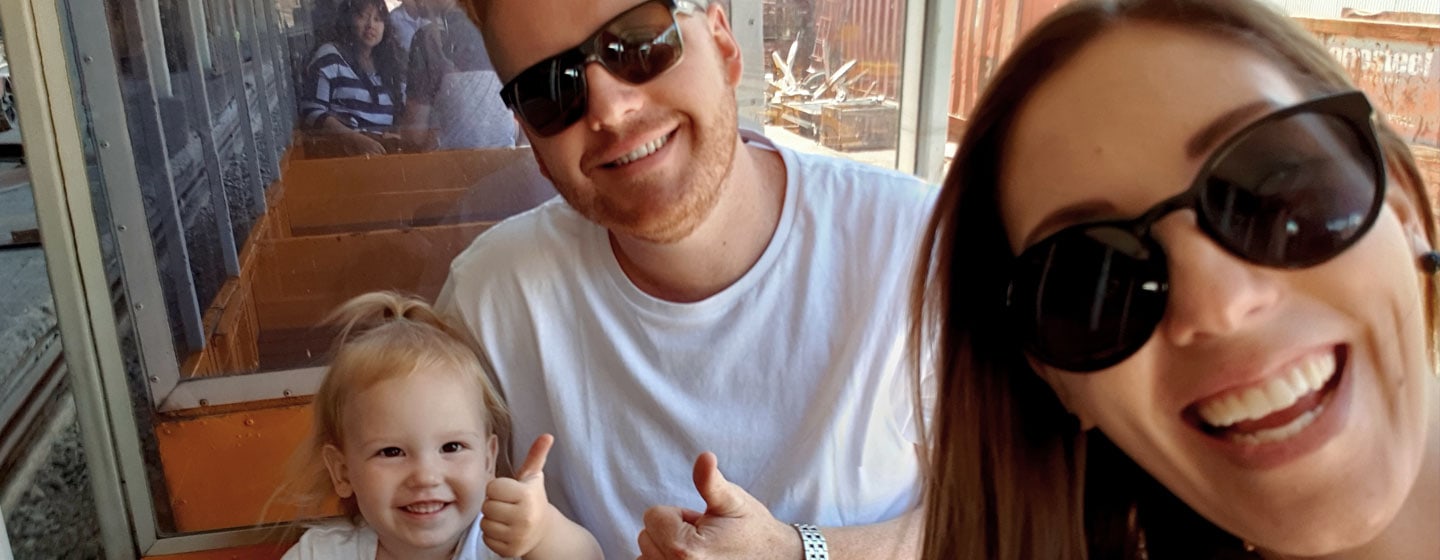-(1)crop.jpg)
Diffuse Intrinsic Pontine Glioma (DIPG)
Learn about diffuse intrinsic pontine glioma (DIPG)
Diffuse Intrinsic Pontine Glioma (DIPG) is a fast-growing type of brain tumour that originates in the pons, a part of the brainstem. Located just above the back of the neck and connected to the spinal cord, the brainstem is responsible for critical functions, including regulating breathing, heart rate, and blood pressure. The pons also plays a key role in controlling the nerves and muscles involved in vision, hearing, speech, movement, and eating. As a glioma, DIPG begins in the glial cells, which provide support and protection for the brain's nerve cells.
While DIPG most commonly affects children between 5 and 10 years old, it can also occur in younger children and teenagers. Cases in adults are extremely rare.
The symptoms of DIPG depend on:
- where the tumour forms in the brain
- the size of the tumour and whether it has spread throughout the brain stem
- how fast the tumour grows
- your child's age and stage of development
DIPG symptoms appear rapidly. It's important to check with your child's doctor immediately if your child has:
- trouble with eye movement (the eye is turned inward)
- vision problems
- problems with talking, chewing, and swallowing
- drooping on one side of the face
- morning headache or headache that goes away after vomiting
- nausea and vomiting
- weakness in the arms or legs
- loss of balance and trouble walking
- changes in behavior
- trouble learning in school
These symptoms may be caused by problems other than DIPG. The only way to know for sure is to see your child's doctor.
Types of Treatment for DIPG
There are several treatment options available for children and adolescents diagnosed with Diffuse Intrinsic Pontine Glioma (DIPG). You and your child’s medical team will work together to determine the best approach, considering factors such as your child’s overall health and whether the cancer is newly diagnosed or has returned.
The treatment plan will provide detailed information about the cancer, the goals of treatment, available options, and potential side effects.
Radiation Therapy
Radiation therapy uses high-energy X-rays or other types of radiation to destroy or slow the growth of cancer cells. For DIPG, external-beam radiation therapy is commonly employed. This involves a machine outside the body directing radiation toward the tumour site.
Months after radiation therapy to the brain, imaging tests may reveal changes in brain tissue. These changes might be caused by the treatment or could indicate tumour growth. It is essential to confirm whether the tumour is growing before considering further treatment.
Chemotherapy
Chemotherapy involves using drugs to stop cancer cells from growing or dividing, either by destroying the cells or by preventing them from multiplying.
In infants with DIPG, chemotherapy is given orally or through an injection into a vein. The medication enters the bloodstream and travels throughout the body to target cancer cells. Specific chemotherapy drugs that cross the blood-brain barrier are used to reach tumour cells in the brain.
Because radiation therapy can affect growth and brain development in young children, chemotherapy may be used to delay or reduce the need for radiation therapy.
Surgery to Place a Shunt
Children with DIPG may develop a build-up of fluid around the brain or spinal cord, increasing pressure. Surgery may be required to place a shunt—a thin tube inserted into a fluid-filled space (ventricle) in the brain and routed under the skin to another part of the body, such as the abdomen. This allows excess fluid to drain and be absorbed elsewhere in the body, reducing pressure on the brain or spinal cord.


